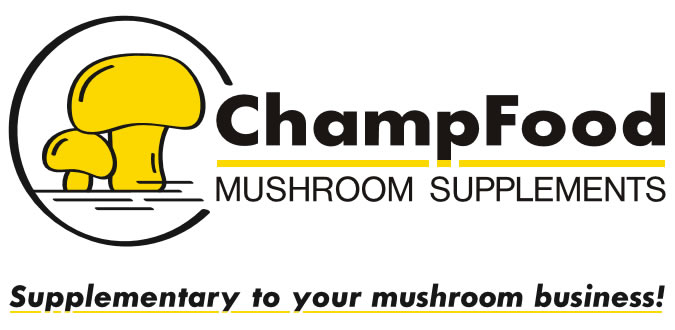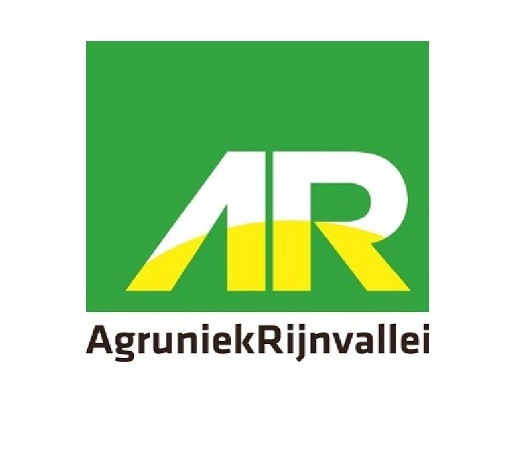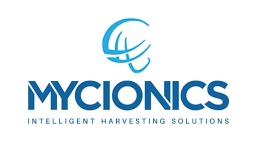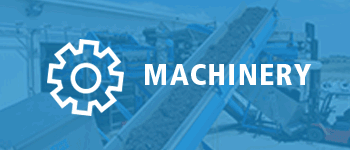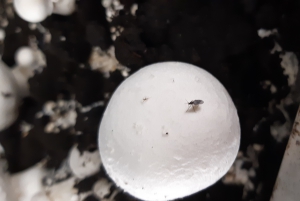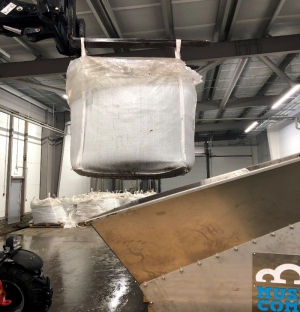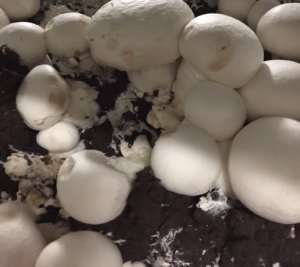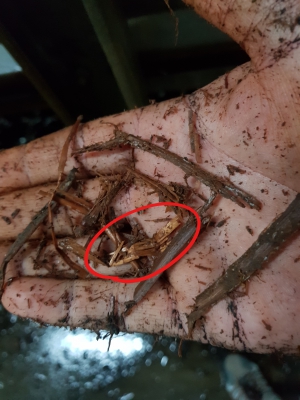
Blogs
Recognise, isolate and control
Aug 21,
2019
These three principles are the base of disease control on a mushroom farm. To my opinion there is no farm that has not a spot…
Handling of imported casing soil
Aug 05,
2019
A lot of farms around the globe are using imported casing soil from Europe. A good, heavy casing soil with a good water holding capacity…
Just in time delivery
Jun 19,
2019
A sentence often heard in logistical companies but even more nowadays in mushroom growing.Due to short schedules, labour management and supermarket requirements timing in the…
Mycelium, not always your best friend
May 08,
2019
Too often there are problems with second flushes. The first flush is rather normal but not extra-ordinary. The problem starts showing on the third harvesting…
Retrospect Russian Mushroom Days
May 05,
2019
On April 23 and 24, the Russian Mushroom Days took place at the Azimut Olympic Hotel in Moscow. Every year the event attracts more and…
You can reach us via email This email address is being protected from spambots. You need JavaScript enabled to view it. also by phoneChristel Derkx +31 (0)6 1364 9117Maria Clarke +31 (0)6 1256 8560 We will schedule our appointment…
New Blogger Akkie's Tuin
Apr 23,
2019
We are very happy to announce that Henk van Gerwen has joined our team as a new Blogger. Henk has a broad and deep knowledge…
Organizing harvest
Mar 29,
2019
Establishing a good harvesting team is very important and every farm needs a good leading example with eye for details to lead that process. A…
Preserve structure during composting
Mar 25,
2019
Longer pre-wetting of straw to preserve structure during mushroom composting In my 'Pre-wet' blog, I already wrote about the importance of pre-wetting for good mushroom…


